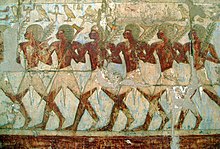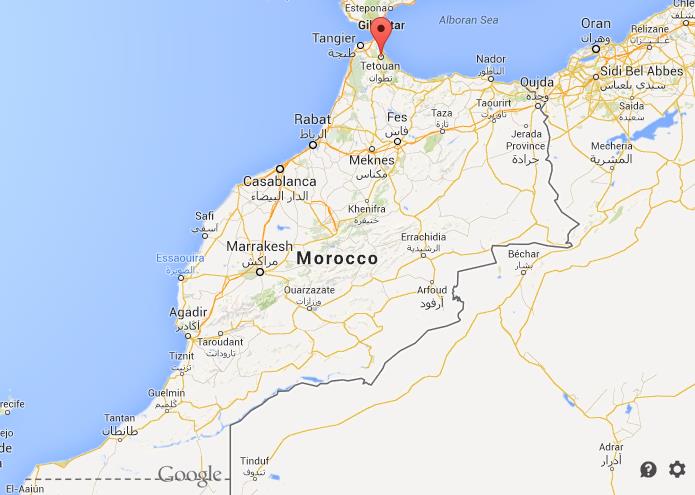For a few days in 1989 the Pepsi Corporation was the owner of the world's 6th largest navy.
Yes, you read that correctly. Pepsi, the makers of sugary sodas, had a naval fleet consisting of seventeen submarines, a cruiser, a destroyer, and a frigate. Finally, at the height of the 'Cola Wars' , they had the means to destroy their rival, Coco-Cola--at sea anyways. Thankfully, they didn't resort to battle, and instead opted to sell their fleet to a Swedish scrap yard.
Pepsi came by their small navy while doing business with the USSR. Pepsi, the first American consumer brand to be sold in the Soviet Union, was renegotiating its trade deal with the Kremlin. The original deal, made in 1974, had allowed Pepsi to open up 24 plants in Moscow, and paid the Pepsi Corporation in Stolichnaya Vodka. This payment in vodka was to circumvent the fact that the ruble could not be converted into US Dollars. At the time, this was an excellent deal for Pepsi, but by the time 1989 came around vodka wasn't quite as lucrative as it had once been, and Pepsi required additional payment to continue their business in Russia.
For the Soviets, millions of jobs were at stake. The Pepsi Corporation employed some 1.5 million Russians in their factory, and was the largest foreign corporation operating in the USSR. In order to save the deal, they decided to make up the difference in ships--essentially giving Pepsi their ships for a measly $150,000 apiece.
Pepsi, as mentioned, sold their fleet to Swedish scrappers, but not before the Pepsi CEO, informed President George Bush that the Pepsi Corporation was disarming Russia faster than he was.
Sources
The Day Pepsi Became a Great Military Power
Pepsi Had Its Own Soviet War Fleet
Soviets Buy American
Pepsi Will Be Bartered For Ships and Vodka in Deal With the Soviets
 |
| Russian Pepsi logo. |
Pepsi came by their small navy while doing business with the USSR. Pepsi, the first American consumer brand to be sold in the Soviet Union, was renegotiating its trade deal with the Kremlin. The original deal, made in 1974, had allowed Pepsi to open up 24 plants in Moscow, and paid the Pepsi Corporation in Stolichnaya Vodka. This payment in vodka was to circumvent the fact that the ruble could not be converted into US Dollars. At the time, this was an excellent deal for Pepsi, but by the time 1989 came around vodka wasn't quite as lucrative as it had once been, and Pepsi required additional payment to continue their business in Russia.
For the Soviets, millions of jobs were at stake. The Pepsi Corporation employed some 1.5 million Russians in their factory, and was the largest foreign corporation operating in the USSR. In order to save the deal, they decided to make up the difference in ships--essentially giving Pepsi their ships for a measly $150,000 apiece.
Pepsi, as mentioned, sold their fleet to Swedish scrappers, but not before the Pepsi CEO, informed President George Bush that the Pepsi Corporation was disarming Russia faster than he was.
Sources
The Day Pepsi Became a Great Military Power
Pepsi Had Its Own Soviet War Fleet
Soviets Buy American
Pepsi Will Be Bartered For Ships and Vodka in Deal With the Soviets








